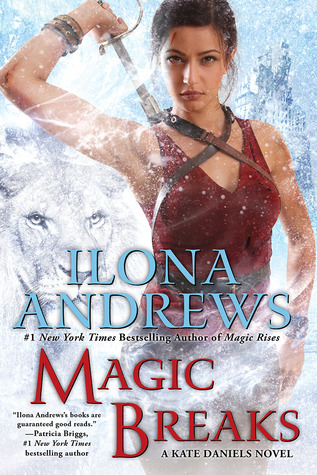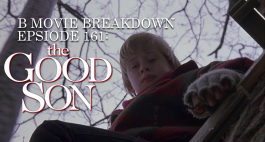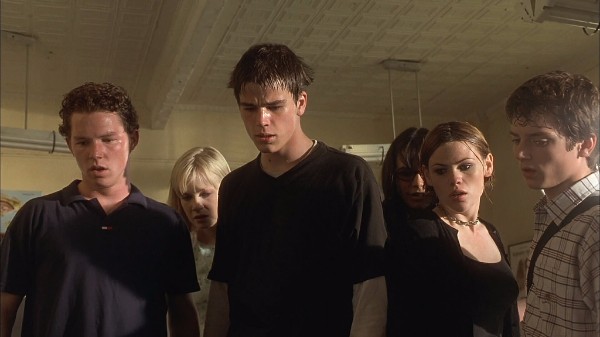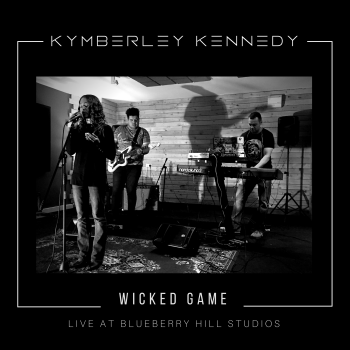I like to read in bed. At night, usually. But sometimes in the morning too. I know I’m really into a book when I read a few (usually a few too many) pages first thing in the morning. Sometimes to the detriment of my gym and work routine. Several books have gathered this level of enthusiasm this year, and I’m excited to share them with you.

Decisions, decisions
For a couple of Christmases in a row now, I’ve pulled together a list of my top reads for the year. It’s fun – pondering my bookshelf, playing with my books and reflecting on (as Leigh and Annabel would day) “my reading year”. I have to say it hasn’t been a bumper year for new releases, which is why my list comprises of books of varying vintages – 1936 through to 2017. In the absence of a steady stream of new releases, I’ve found myself systematically clearing my Booktopia wish list of “someday, but not today” reads. It has been a good chance to add some older books to cart, including a couple of classics, two of which made it on to my list of top reads.
Of course, I may have already written about some of the books on my list, as I do. It may seem that I write and rave about all of the books that I read. Some people ask if I ever dislike a book. The answer is yes. There are many books that I read, and don’t write about or share. There are some books that I don’t even finish, including one by an author who made it on to my top reads list this year (in a remarkable turn of my affections).
Now, back to the ones I love. For my historical reference and your summer reading inspiration, these are my top reads of 2017:

Top Memoir
What Happened
Hillary Rodham Clinton (2017)
I’m actually not a big fan of the politico memoir. A couple of bad reads put me off, including one from Hillary Clinton herself. I started Clinton’s Hard Choices a couple of years ago but found it so emotionless, overly factual and lacking in any personal insight or reflection that I gave up halfway through. In light of that, I didn’t rush out to buy her new one, What Happened. I’m not sure what changed my mind, but I did finally add to cart, in the hope that with the possibility of a presidency well and truly gone, she may have decided to open up a bit. And this is indeed what I found. In the first few pages Clinton writes: “In the past, for reasons I try to explain, I’ve often felt I had to be careful in public, like I was up on a wire without a net. Now I’m letting my guard down”. That she does. She details everything from her deliberations about running in the 2016 presidential election, through to a day in the life of that campaign – down to what they ate on the plane as they zig-zagged the country for two years. She also talks about the election loss and paints a picture of the days and months that followed, including what she did and how she felt (“bloody, but unbowed”). Rarely do we hear about high profile failure, so it’s interesting to hear about resilience in action on a very practical level. What did it take? Time with grandchildren, hiking, yoga, breathing exercises, organising closets and chardonnay, apparently (“I believe this is what some call “self-care”. It turns out, its pretty great”). I’m Clinton agnostic, but I’m devouring this book.

Top Non-Fiction: Self
Better Than Before / The Four Tendencies
Gretchen Rubin (2016 / 2017)
Gretchen Rubin makes the list as much for my discovery of her books as for my discovery of her. Well known for The Happiness Project (which I haven’t read), Rubin has a way of organising research and information into a palatable form. She has also developed a personality framework that I think is one of the more helpful tools I have encountered in recent times. Rubin’s theory is that people display one of four tendencies in the way that they respond to inner and outer expectations. There are Upholders, Questioners, Obligers and Rebels. When you know what tendency you are dealing with (either in yourself or others) you can tap into their sense of motivation and identity. Both Rubin and I are Upholders and lawyers, so perhaps her style appeals to me all the more because of our mutual tendency and background. But I’ve found myself considering the framework in both a family and work context already, to great assistance. I recommend it to anyone who enjoys breaking down personality into tangible and digestible concepts.
Top Non-Fiction: Work
How to Win Friends and Influence People
Dale Carnegie (1936)
This was one of those books lingering in my Booktopia wish list for years. I don’t know why I avoided it, perhaps I thought it might be out of date. It is, to the extent that it talks about means of communication (what is a letter?), but not to the extent that it talks about the theory of communication, and the social and personal bargain that it can be. I can confirm that there is still a great deal to be learned from How to Win Friends and Influence People. Effective management, likeability and the art of persuasion are all contemporary pursuits without a clear road map. Carnegie’s map is entertaining, convincing and yes, still relevant. It also gave me the phrase “Be hearty in your approbation and lavish in your praise”, which I think of often and instructed someone to do just today. It’s a must read.

Top Fiction
The Good People
Hannah Kent (2016)
My friend and I often lament our lack of knowledge about history. Ancient history, modern history, the Kings and Queens of England, the World Wars – these are all topics I approach with trepidation. My friend and I put this down to attending a Catholic school, where “Religion” occupied its own full subject line up to year 11 (as much air time as maths and English). This meant that history was bundled up with geography and social studies in the all-encompassing “Society and the Environment”. I’m not inclined to remedy my knowledge deficit by reading historical texts – I just don’t have the desire. However, I do appreciate when a fictional or other story is wrapped up in a history lesson. My go-to for enjoyable historical fiction is Hannah Kent. She is a thoughtful and thorough writer of captivating stories in historical contexts. From her first book, Burial Rites, I learnt about execution in Iceland. From her latest book, The Good People, I learnt about folklore in Ireland and the daily presence of “the fairies”. They call the fairies “the good people”, to keep their harmful forces at bay. The story revolves around a woman taking care of a child who has been “struck” by the good people, meaning he lives with illness and disability. As a reader we know that he is just a child who needs love and care, but the profound superstition and misinformation that prevailed in those places, at that time, means that he is treated very differently. It’s a sad story, but a stunning, gripping one. And an incredible opportunity to learn about a fascinating time and place.
I chose The Good People for the story and the bonus historical lessons. There have been two other fictional books that have gripped me just as hard and I wanted to share those with you as well. Purity is classic Jonathan Franzen. It meanders and you wonder when it will all come together. I nearly gave up on it actually, but I’m glad I didn’t because when it did come together it was marvellous. Noone does vivid imagery like Franzen. The other is Jane Harper’s The Dry. A popular book that, like many, I enjoyed very much. A good summer read. I have her new one in my #summerreadingstack.
Purity, Jonathan Franzen (2015)
The Dry, Jane Harper (2017)
Top Classic
Man’s Search for Meaning
Viktor E Frankl (1946)
This is another timeless book worth reading. A little bit like The Good People is a fictional story in a historical time, Man’s Search for Meaning, is a true, personal story set in a pivotal historical period. Frankl’s story is captivating, but the historical knowledge he imparts in telling it is also important. This is another story about resilience (something I must have been drawn to this year?). Although Frankl’s resilience was developed in impossibly traumatic circumstances, he is determined to teach us the lessons he learned, so that they may be applied in our comparatively simple, comfortable lives. He writes that mental health and the pursuit of meaning does not require the complete absence of discomfort. Rather it relies on a certain degree of tension – between what one has already achieved and what one still ought to accomplish. Frankl writes, “I consider it a dangerous misconception of mental hygiene to assume that what man needs in the first place is equilibrium or, as it is called in biology, ‘homeostasis’, i.e. a tensionless state. What man actually needs is not a tensionless state but rather the striving and struggling for a worthwhile goal, a freely chosen task.” This is one for those who ever think, “I’ll be happy when…”.

Bonus Category: Poetry
Milk and Honey / The Sun and Her Flowers
Rupi Kaur (2015 / 2017)
There are mixed feelings out there about the poet, Rupi Kaur. She is referred to as an “insta-poet”, which I think is some people’s way of diminishing her craft. Yes, she writes in short, vivid, colourful phrase (“I’m losing parts of you like I lose eyelashes; unknowingly and everywhere [end]”) – she’s no Plath or Frost. But we’re not living in a Plath or Frost era. I read each of Kaur’s books in a single sitting. They made me feel things. And isn’t that the point? Across the two books, few words stick in my mind more than these: “Nothing is safer; than the sound of you; reading out loud to me – the perfect date [end]”.

So that concludes my top reads of 2017. I hope there is something in here for you. I’d love to know what you loved this year, and what you are reading this holiday.
Wherever you are, whatever you’re reading, enjoy.
Tess.
SaveSave
SaveSave
SaveSave
SaveSave
SaveSave
SaveSave
SaveSave
SaveSave
Advertisements Share this:




